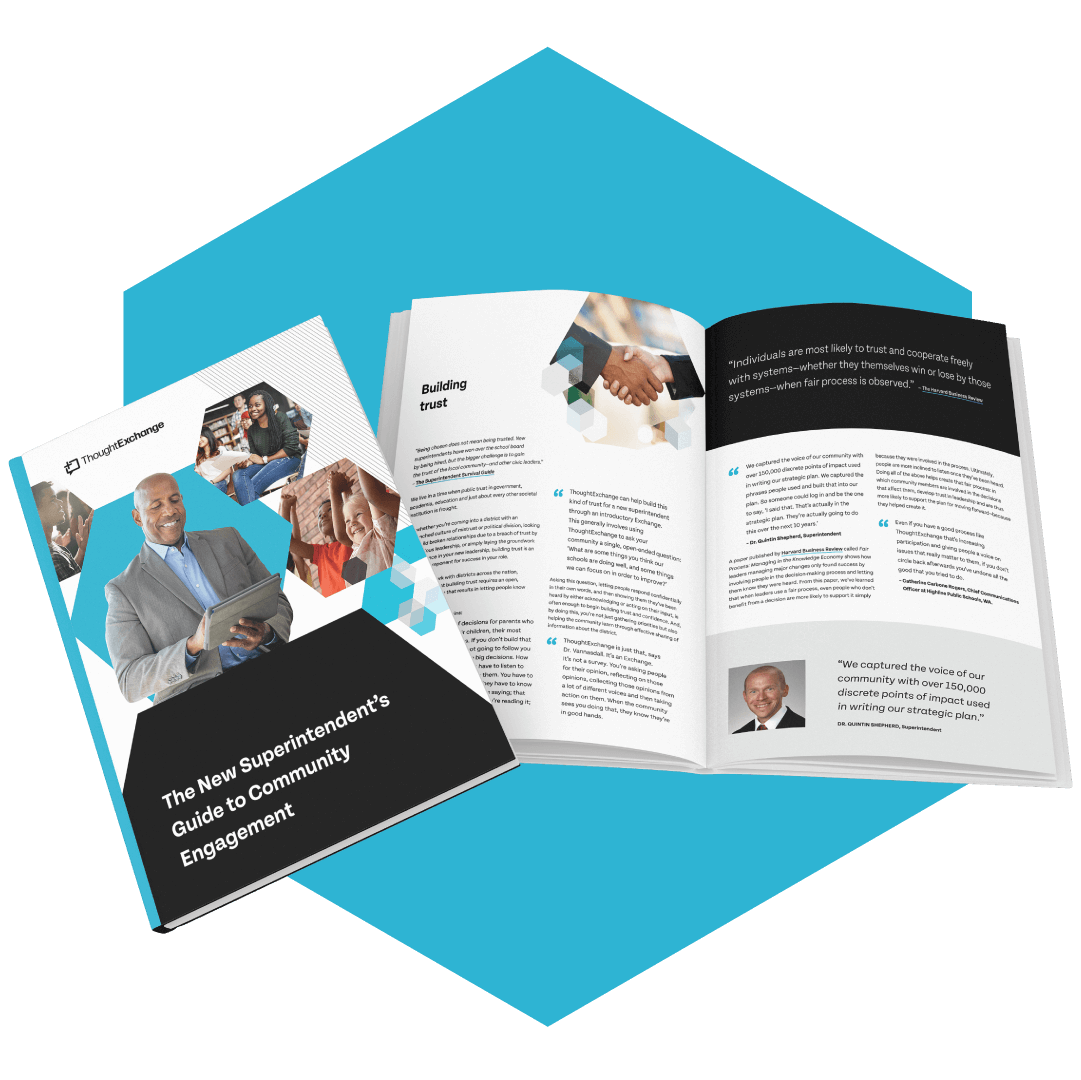







7 Ways to Promote Student Voice in the Classroom
The past few years have proven how important it is to center student voice in learning outcomes. From social justice movements to the pandemic, a historically inequitable and sometimes divisive social landscape created a shaky foundation for the modern student’s day-to-day schooling.
As teachers and education leaders struggle to create a dynamic and valuable educational experience for all students, the need for a student-centered approach is becoming more and more apparent. Although students are well-informed, innovative, and future-focused key stakeholders in their education, they rarely have an actual say in it.
While the concept of student voice is a growing movement in educational systems, not all schools and knowledge organizations know how to implement it—or why it’s beneficial. In this post, we’ll explain what student voice actually is, provide a few concrete examples of it at work, show some of its many benefits, and teach you seven ways to capture student voice in your organization successfully.
What is student voice?
A definition of student voice should include reference to both the noun and the process involved. At its core, student voice is the expression and reflection of students’ thoughts, ideas, opinions, and values that they share to drive change within a school community.
Student voice as an action or approach is the process of students sharing their values and perspectives with those in educational leadership positions—and those leaders actively listening and making decisions based on these shared ideas.
As research from Virginia Commonwealth University’s Center of Transition explains: “Instead of a top down, teacher-directed approach to learning, [student voice ensures that] students play an active and equal role in planning, learning, and leading their classroom instruction as well as contributing to the development of school practices and policies. This significant philosophical shift requires all stakeholders to embrace the belief that there is something to learn from every individual regardless of age, culture, socioeconomic status, or other qualifying factors.”
With student voice, students can contribute to the decision-making process and actively shape their own educational experience. Let’s look at some great, real-world examples of student voice at work.
Examples of student voice
Elgin School District U-46
One of our favorite examples is the case of Illinois’ Elgin School District U-46. When a group of African American students shared that they didn’t feel represented and called for a mandatory African American Studies course, Dr. Teresa A. Lance, Assistant Superintendent of Equity and Innovation, was ready. A champion for inclusive, equitable education, she’d recently proposed a similar course.
Instead of just creating a quick and simple course in response to these students, Dr. Lance used ThoughtExchange enterprise discussion management software to gather student voice and find out what was most important to her learners. By using ThoughtExchange, Dr. Lance was able to hear from all participating students anonymously, which helped create an environment free of judgment and where their ideas could flow honestly.
The students’ collective answers revealed areas for the course to focus on, which shows exactly how leaders can use student input to influence future classes and curricula. As Dr. Lance shared, “We use adults to vet curriculum and resources, but we miss the student perspective in all of it. And we’ve got to do better. Building student agency, allowing students to have voice and ownership on what’s in front of them, is crucial, and ThoughtExchange allows that opportunity on such a grand scale.”
Kohala High School
West Hawaii Complex Area student Kassie Tarpley saw an opportunity to use student voice for good in her school community. For her senior project, Kassie aimed to study the trending issue of bullying prevention from the student’s point of view.
After speaking with Art Souza, superintendent of West Hawaii Complex Area, Kassie decided to use this opportunity to study all schools in the district rather than just her own. In order to conduct research at this scale, Kassie partnered with ThoughtExchange to crowdsource her data. She used ThoughtExchange’s software to ask students across the district one question: “What instructions, if any, has your school provided on bullying prevention?”
By gathering candid and anonymous responses from students across the island, Kassie found quite a discrepancy between how school leaders and administrators thought they were handling the issue of bullying and how well-equipped students actually felt. As Kassie explains, “a lot of students won’t go to teachers or principals to talk about bullying. But this was an opportunity to get their voice out to the administration.”
By capturing student voice in a meaningful way, Kassie influenced Hawaii’s state policy on bullying in schools. Here, we can see just how impactful student voice can be. What started with one student’s idea grew to include the input of countless others across the region and influenced the student experience at a state-wide level—while closing the gap between students’ needs and what administrators are providing.

The benefits of student voice
Implementing and working with student voice helps accomplish a number of goals, both for students and educational leaders. Student voice promotes student engagement at every level and helps address equity in the classroom and in the wider community.
When it comes to a student’s time in school, a successful student voice program will enhance the learning experience and drive a deeper sense of understanding between students and their teachers. Finally, student-led approaches help leaders gain support for beneficial programs and initiatives while improving overall student mental health. Let’s take a closer look at some of these benefits of student voice.
Promotes engagement
A number of different factors can cause a lack of student engagement. From personal family issues at home to a disinterest in the subject matter, there are many possible reasons any particular student isn’t fully engaged in the classroom.
Instead of teachers and educational leaders spending countless hours trying to figure out why their students aren’t engaged and implementing initiatives that may or may not work, they could look to student voice. Just as businesses can increase engagement levels among employees when they share in the decision-making process, schools can use some of these same approaches to boost engagement amongst the student body.
By having constructive conversations and asking students to share their thoughts, opinions, and perspectives, educational leaders can quickly and effectively discover exactly how to keep their students engaged. When students have a voice and an opportunity to share their ideas, they naturally become invested in their own learning experiences. As Dr. Dana Mitra, an expert on student voice and engagement explains, “When students believe that they are valued for their perspectives and respected, they begin to develop a sense of ownership and attachment to the organization in which they are involved.”
Rather than having a top-down approach where leaders tell students what to do and what to think, student voice empowers them to construct an education aligned with their values, interests, and greater goals.
Increases equity
Capturing and amplifying student voice is especially important for commonly marginalized groups. Students from racialized communities, lower-income communities, and those who are disabled have much more at stake both in and out of the classroom. While core aspects of the curriculum or in-classroom time may be working for some students, marginalized students may be having a completely different, usually more negative, experience—one that their teachers may not be aware of or understand.
By incorporating inclusive student voice initiatives, educators can work to encourage and improve equity throughout their institutions. As a report from American Progress finds, “efforts to incorporate student voice are stronger when they include intentional efforts to incorporate multiple student voices, especially those that have been historically marginalized.”
Student voice enables educational leaders to uncover issues and areas of weakness in their organizations regarding diversity, equity, and inclusion. For example, when Dr. Jason Andrews and his team at Windsor Central School District wanted to work in alignment with their values and facilitate “conversations where everyone has an equal voice, and all voices are valued,” they turned to ThoughtExchange.
After launching an Exchange and tapping into student voice, they discovered that students were interested in private unisex bathrooms for their school.
Enhances the learning experience
When students play a significant part in deciding their academic experience, they’re much more likely to succeed. Research from the Quaglia Institute for School Voice and Aspirations found that “students who believe they have a voice in school are seven times more likely to be academically motivated than students who do not believe they have a voice.”
Emphasizing this point, a report from the Rennie Center’s Department of Education and Policy explains, “When students have a say in their own learning, they build their sense of academic self-efficacy and are more likely to engage deeply in challenging academic work.” This report also found that when students can contribute to decision-making and express themselves within a greater social environment, they can better develop skills like “critical thinking, creativity, communication, and collaboration, all of which are essential civic—and workforce—attributes.”
Incorporating student voice helps students act more like stakeholders and partners in their education, rather than passive recipients of information and a set of rules to follow. There’s a natural motivation and inclination towards creating positive change in the learning environment through dedication, engagement, and collaboration.
Improves student mental health
When students attend school, they aren’t just learning about their multiplication tables and ABCs; they’re learning important social and emotional skills for the future. This includes managing mental health challenges and building emotional intelligence skills that are “crucial for reducing bullying and risky behaviors, working with others, overcoming obstacles, and setting and achieving goals.”
However, not all schools are doing everything they can to support students through this learning journey—especially with mental health challenges faced throughout the COVID-19 pandemic. With anxiety and depression affecting more than 25 percent of adolescents since the beginning of the pandemic, and historically marginalized youth more likely to report mental health problems, student voice has never been more important.
While districts will often rely on the input and guidance of adult experts when it comes to the mental health issues faced in their schools, student involvement in these matters is crucial. As we explained in a previous post, “Allowing students to weigh in on the decisions made on their behalf means that the [school] district’s actions will have more support and be easier to implement. Students will feel heard, and leaders will get a prioritized list of their students’ needs.”

How to capture and promote student voice
Facilitating student surveys

Granting student governments real authority
A student council is an effective way for educational leaders and students to work together while promoting student voice.
With student governments or councils, “students can voice their opinions and take action on their ideas through council structures, procedures, interactions and involvements.” Students can run campaigns based on their interests (from social justice issues within the school to the cafeteria menus) and then work with faculty and other district leaders to take action and make change.
While it is often the louder or more confident students that tend to run for student government positions, all students have the opportunity to vote for and work with those they believe are amplifying their perspectives and voices.
As Megan Ferren from American Progress explains, “Engaging in opportunities like student government not only benefits individual students by improving their leadership and communication skills, it also benefits school culture, facilities, and procedures.” For example, Chicago’s student voice committee, a student government initiative, conducted student surveys, held town halls, and interviewed both students and teachers to improve student-teacher relationships, identify solutions to issues facing many of their peers (such as hiring additional school counselors to relieve stress during the COVID-19 pandemic), and find ways to improve remote learning experiences.
Ferren recommends that schools not only grant their student council groups real and meaningful responsibilities but ensure that they “consider methods to increase participation in student government of students from traditionally underrepresented or marginalized groups—an effort that may include developing alternative selection methods to a traditional voting system or providing a stipend for elected positions.”
Granting anonymous insights using technology
To create a safe space where students can feel comfortable sharing their opinions and ideas, educational leaders can turn to technology and digital tools.
Tools like discussion management platforms allow for groups of students to share unbiased insights with teachers, educators, and their peers. Students can feel confident that their answers are being shared anonymously, without the worry of being singled out. By creating a trusting environment with digital tools, educators can gather student voice by hearing a diverse range of perspectives from a larger number of students. While other methods of gathering student voice may result in only hearing the loudest and most outgoing students, collective intelligence technology ensures the student voice represents all members of the student body fairly.
With a tool like ThoughtExchange, educators can ask their student body questions and receive dynamic, honest answers.

Supporting student journalism
While perhaps a more traditional method of elevating student voice, student journalism — such as a school newspaper, morning news show, or podcast — gives youth the opportunity to express their opinions through dedicated platforms. With these formats, they can investigate, discuss, and bring attention to the issues that matter the most to them.
As American Progress explains, “Student journalism can be used to expose problems in a school or community and as an outlet to express students’ opinions.” For example, suppose students are noticing that LGBTQ+ issues aren’t being appropriately addressed in their classrooms. In that case, they might interview faculty members or educational leaders in their district along with the actual students being affected by this discrepancy and write an article in their school newspaper.
Alternatively, students of any age can create and produce content on a podcast to magnify student voice. For example, second-grade teacher Paula Diaz gave her 7-year-old students the tools and guidance they needed to create a podcast where they came up with questions, learned how to use the technology involved, and interviewed their school principal. This empowered them to express themselves, have their say, and gain the confidence they need as they learn, grow, and continue to share their voice.
Student-led conferences
While in the past schools used parent-teacher conferences to discuss students and their status, student-led conferences (SLCs) allow students to play a significant part in crafting their own experiences at school.
SLCs provide a dedicated space for sharing and maximizing student voice. These events bring teachers, other faculty members, and parents together with students to hear from those who are most impacted by decisions made about their own learning experiences.

- Where am I?
- Where do I want to go?
- How do I close the gap between the two?

Applied learning activities
While not a standalone activity, amplifying and nurturing student voice can only happen when students know how to take ownership of their ideas and confidently make decisions. This is made possible through applied learning activities that should begin as soon as the student starts school. As the State University of New York defines, “Applied learning refers to an educational approach whereby students learn by engaging in direct application of skills, theories, and models.”
Applied learning activities are not a one-time thing. Instead, they’re incorporated at every opportunity in the classroom. For example, if a teacher assigns a book report to their students, they may provide some general guidelines, a due date, and basic information required to complete the project. However, the students have the freedom and agency to choose the book they’ll be reporting on or even the report format (ie. traditional written report, video, comic book-style, painting, diorama, etc.).
Throwing debates

For example, when teacher Dan Shackelford started teaching at a school where many students were experiencing poverty and other challenges, one of his first tasks was organizing a schoolwide debate to nurture student voice. He explains: “I let them choose the topics they wanted to discuss and listened as they talked about their fears, their realities, and their experiences as kids growing up in Detroit. Their preferred topics included public education, poetry, racism, and the importance of individual action over letting the government do it.”
He saw his students come out of their shells through running regular debates, gain invaluable skills and knowledge for their futures, and build their confidence. As Shackelford concludes, “Each student had a unique voice and they were just waiting for someone to listen.”



